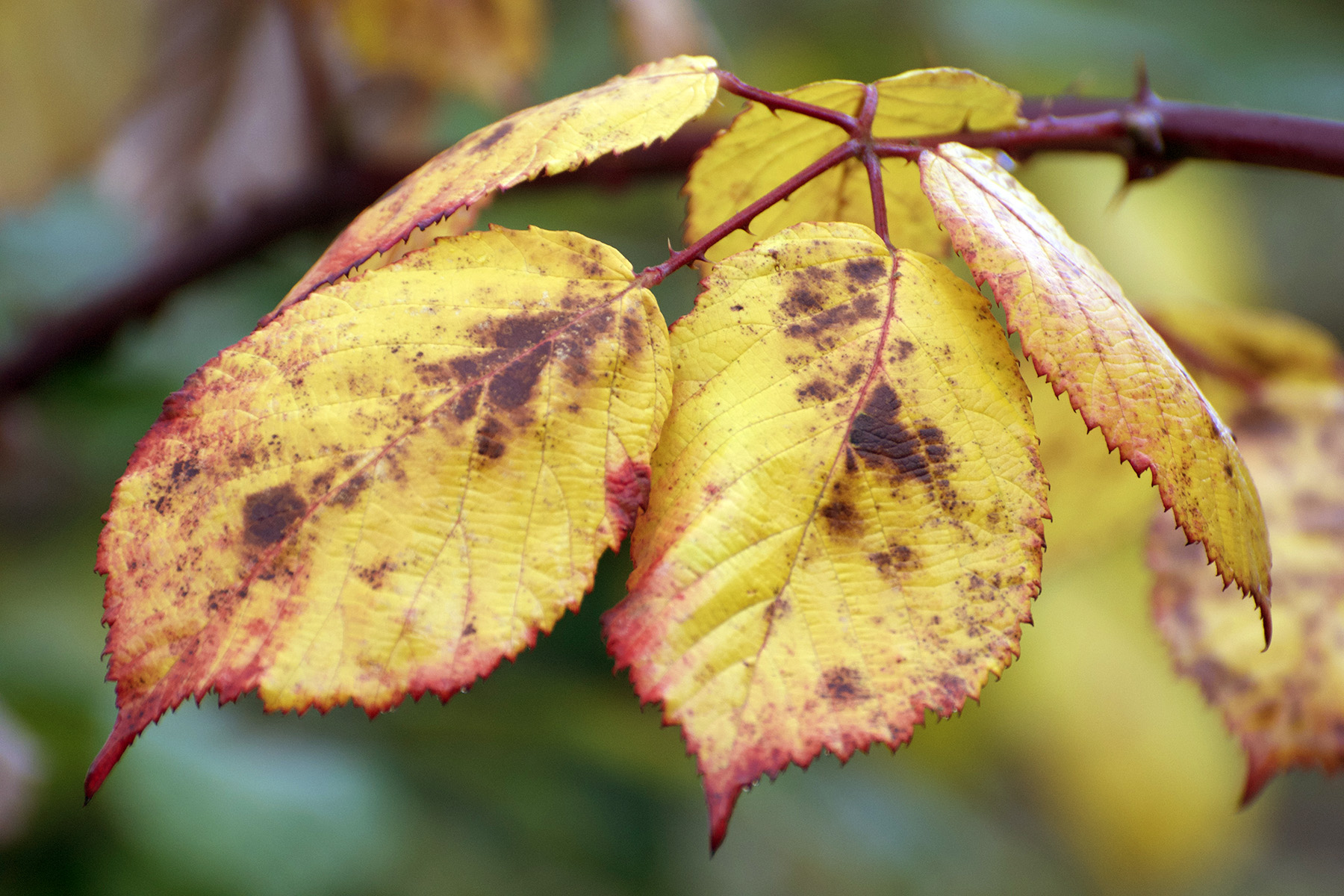If Nari Ward, who I introduced yesterday, is a master of conceptual installations, Sam Gilliam stands out with his abstractions. I say that not because his name is all of a sudden popping up everywhere, as if he had just emerged, early notable successes non-withstanding, but because his art is a love sonnet to color. Except it doesn’t keep to the 14 lines rule – or any rule at all but free flow of hues.
I picked a vicarious visit to his works because they instill joy in me; equally importantly, though, I took a few minutes to listen to an interview with him that floored me for its energy of this 87-year old. Do yourself a favor and watch. His paintings are represented also with much better light in the video than in the photos below that I found on the web.


Never mind that the guy represented the US as the first African American at the Venice Biennale almost half a century ago. Forget that he showed at the Tate Modern exhibition Soul of a Nation: Art in the Age of Black Power, or that he was commissioned for a piece by the National Museum of African American History and Culture in his hometown of Washington, DC, prominently hung in the lobby. The piece was inspired by a poem, and named after it, Yet Do I Marvel by Black poet Countee Cullen, celebrating the resilience of creativity.

All eyes are upon him because he now has an inaugural exhibition, Existed, Existing, with a posh New York City gallery, Pace. An informative and comprehensive review of the present works in the New Yorker can be found here. It also educates about the artist’s evolution from color field to lyrical abstract painter to something all his own.



What do you make of an introduction, presented on the gallery’s exhibition website, that reads: Sam Gilliam’s inaugural exhibition with the gallery, Existed Existing debuts new works and artist-led installations that reflect the culmination of his six-decade-long career with color?
Career with color? Sounds like one of those self-help booklets, or a sample binder at the paint store. Artist-led installations? Led? What does that mean? Disciple-followed? Assistant-produced? Directing the movers? Could anything be more vague? No hint at any of his revolutionary moves, or the inclusion of politics, or the race-specific aspects of his work that make it special, never mind his genius with color, career be damned.


The new work includes “pyramids, and circle made from stained plywood and aluminum, which evolved from Gilliam’s exhibition at the Kunstmuseum Basel in 2018. There he observed the city’s growing population of African immigrants, and was inspired to revisit ancient African architectural forms.” (Ref.) In contrast, I want to show samples of the earlier paintings that so strongly appeal to me, known as drape paintings.


The canvas is taken down from its stretcher, poured and stained with acrylic and metallic paints that spread and mingle while the artist manipulates the fabric. Gilliam drapes the canvas from a wall or a ceiling, allowing it to hang, fold or move in ways not previously conceived. The result is a curious mixture of painting and sculpture, tricking us into multiple ways of perceiving shifting picture planes. While the overall first impression might hint at tie-dyed projects from your youth, a closer inspection reveals insane combination of colors, sparkly detail, and allusions to forms with meaning for the Black artist: the laundry swinging on the lines in front of his D.C. apartment window, looking at the backyards of the projects, or the hoods of KKK members, the way the peaks of the paintings are folded and tied.


Gilliam considers abstraction to be just as political as conventional represential art might be: “It messes with you. It convinces you that what you think isn’t all. And it challenges you to understand something that’s different… Just because it looks like something that resembles you, it doesn’t’ mean that you have an understanding.” (Ref.) Of course that implies that people are willing to open their minds to art as such to begin with. Here is a depressing recent psychological study, that used one of Sam Gilliam’s drawings to look at correlations between people’s willingness to consider it art and their approval of Trump’s politics. You can guess the outcome.


Some of the work is directly tied to political themes, as for example the series about the fate of Martin Luther King, Jr., which includes green and red April in commemoration of the date of assassination.


Gilliam’s work is, in his own words, also influenced by music, in particular Jazz with its ever changing variations on themes. The Music of Color was perhaps the perfect title for his recent European show. The influence is captured in some of the titles he gives his paintings, but also by the fact that any one piece of drape painting is never folded the same way twice across exhibitions. The flux and variability is an important aspect of the power inherent to these canvases.For me, in the end, there is something intensely alive in the abandon to color, color mixes, and wild pattern that reminds me of nature, an association helped by the natural forms of the folds of the materials he uses.

Here is some of the music Gilliam likes to listen to. Ornette Coleman, Charlie Parker, and more recently Beyoncé covering Ettas James.
